There’s surely not a more despised creature in Britain than the hornet. They have long been viewed as yellow jacketed killers: wasps on steroids with Hannibal Lecter tendencies. Unlike bees, a member of the same insect family, you’d be hard pushed to find a friendly portrayal of a hornet (with the exception, perhaps, of Watford FC’s mascot). Yet hornets are misunderstood villains.
Like bees, they are important pollinators. What’s more, the fact that hornets are carnivores (bees are not) means they feed on many of the species of caterpillars and flies that destroy plants and crops. One of their main food sources is the nectar from ivy. They help pollinate this extremely important plant, which provides berries for mammals and birds as well as a dense evergreen canopy for nesting and home to insects.
Yes, their stings are far more painful than those of ordinary wasps, but they are far less likely to harm you. Like most animals, they attack to defend themselves or for food. (Though it’s worth noting that hornets can sting repeatedly, and if they are killed near a nest they release a pheromone that alerts other hornets to the danger and activates them to attack.)
There are 22 species around the world. We get the European hornet, Vespa crabro, whose range goes as far as Siberia but who is not found above the 63rd parallel. Asian hornets, which are noticeably bigger, are responsible for dozens of deaths a year in China; they have been spotted in France, the Channel Islands and occasionally on our mainland in recent years. This migration has led to plenty of tabloid ‘killer hornet’ headlines, conjuring up visions of 1970s B-movie horror films. Recent news reports have warned that this summer’s hot weather could herald the arrival of the latest batch of Asian hornets from France, where five people have died because of stings.
Despite all this, hornets have admirable qualities. They can fly for distances of up to 60 miles and at speeds of 25 miles per hour. That endurance is said to be down to the jellylike goo produced by hornet larvae which is commercially available as a ‘miracle’ product. After winning the marathon gold medal in the 2000 Olympics, Japanese runner Naoko Takahashi put her success down to ‘hornet juice’.
And if mimicry is the sincerest form of flattery, the hornet is winning on that front too. Among its imitators are the appropriately named hornet mimic hoverfly and the hornet moth, both stunning impersonators that can be found in British gardens and are designed to ward off birds and other predators worried about getting stung.
Hornets’ nests are made of chewed up wood that becomes paper-like to allow it to be manipulated to create miniature architectural masterpieces, constructed in hollow trees or occasionally under shed roofs or in chimney breasts.
It may take some time for hornets to be as welcome in gardens as bees, but with greater awareness of the good they do, they could – and should – one day be considered the gardener’s friend as well.
Got something to add? Join the discussion and comment below.
Get 10 issues for just $10
Subscribe to The Spectator Australia today for the next 10 magazine issues, plus full online access, for just $10.
You might disagree with half of it, but you’ll enjoy reading all of it. Try your first month for free, then just $2 a week for the remainder of your first year.

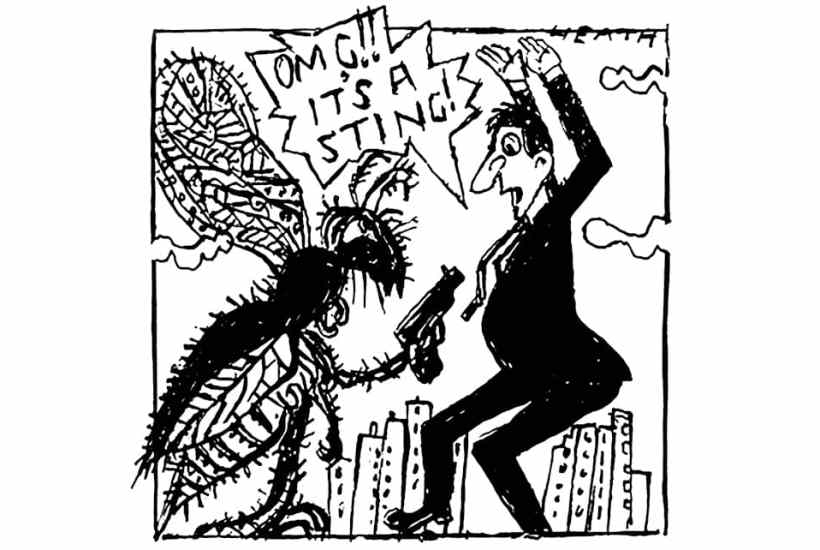
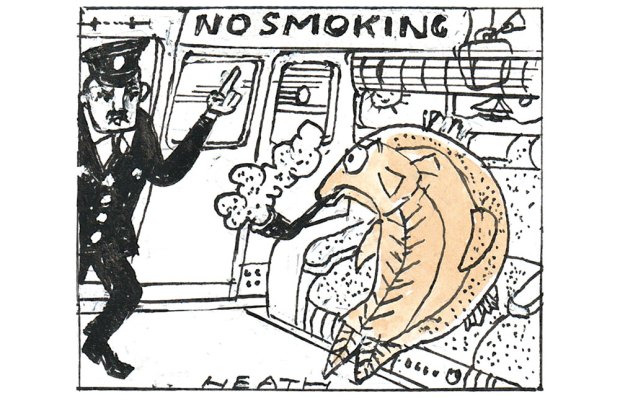
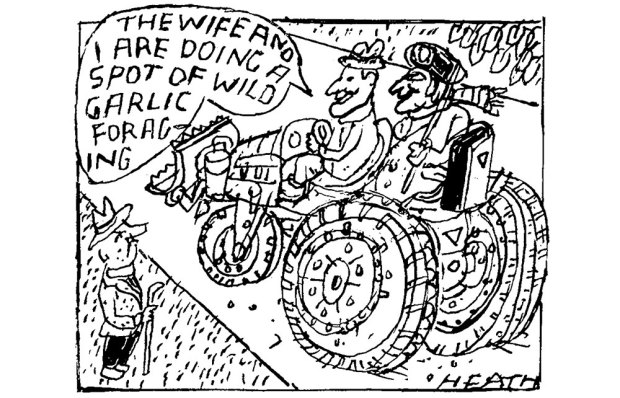
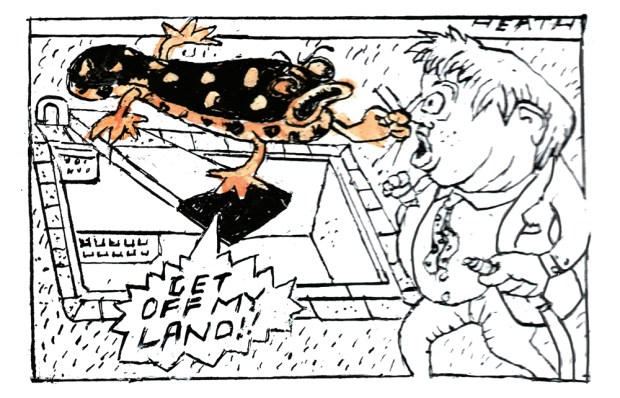
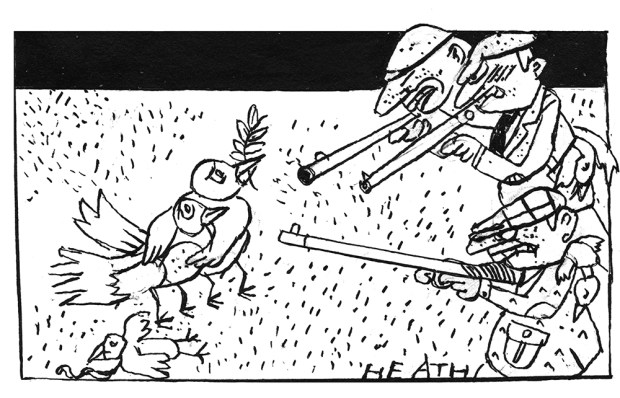
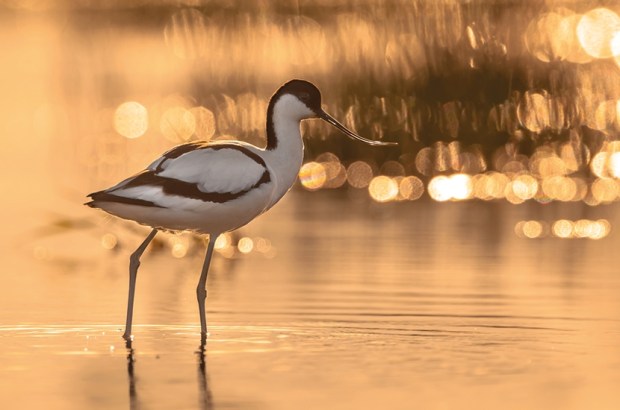
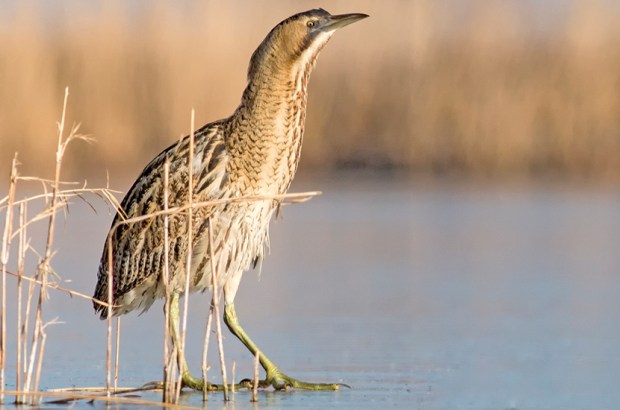






Comments
Don't miss out
Join the conversation with other Spectator Australia readers. Subscribe to leave a comment.
SUBSCRIBEAlready a subscriber? Log in